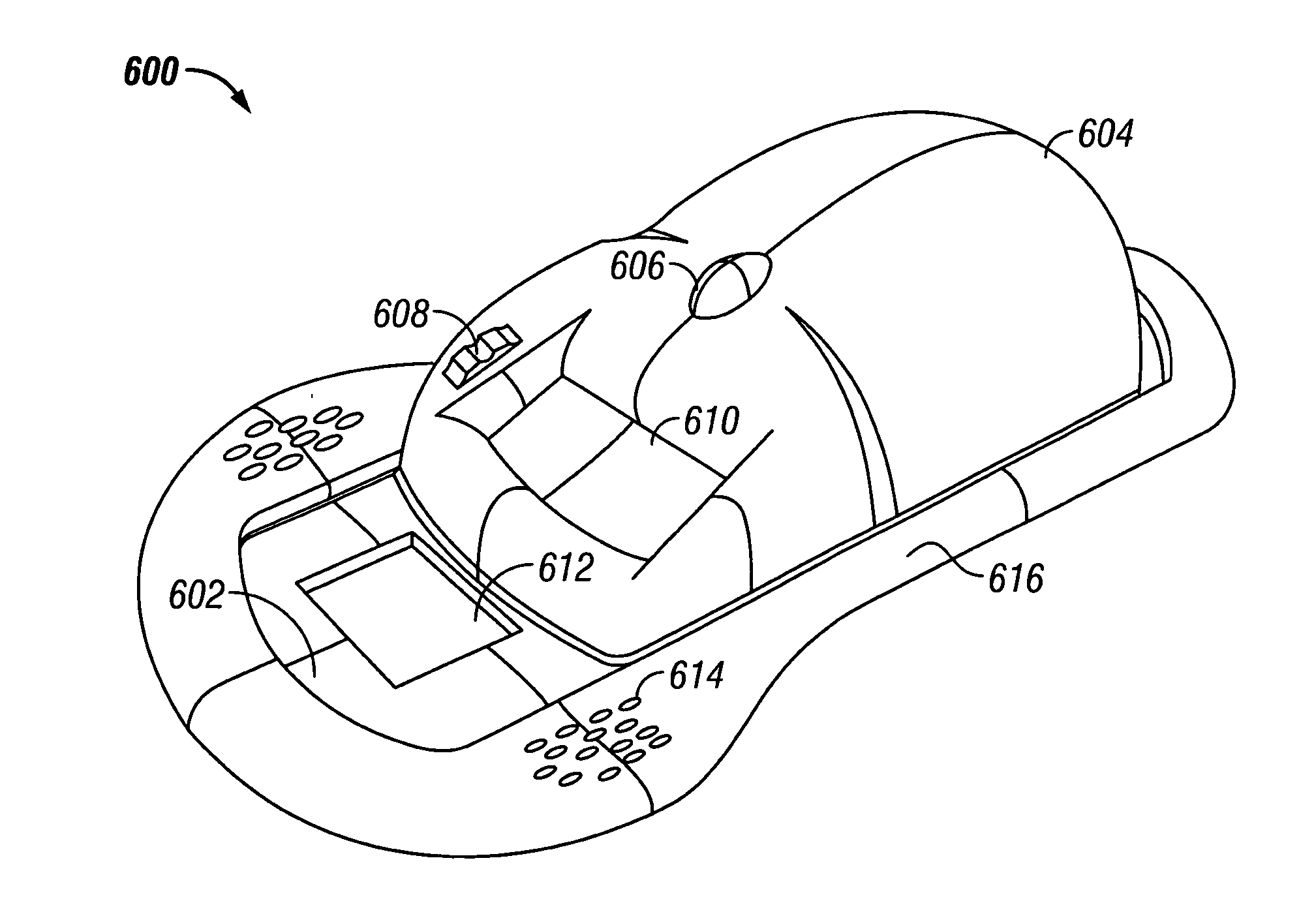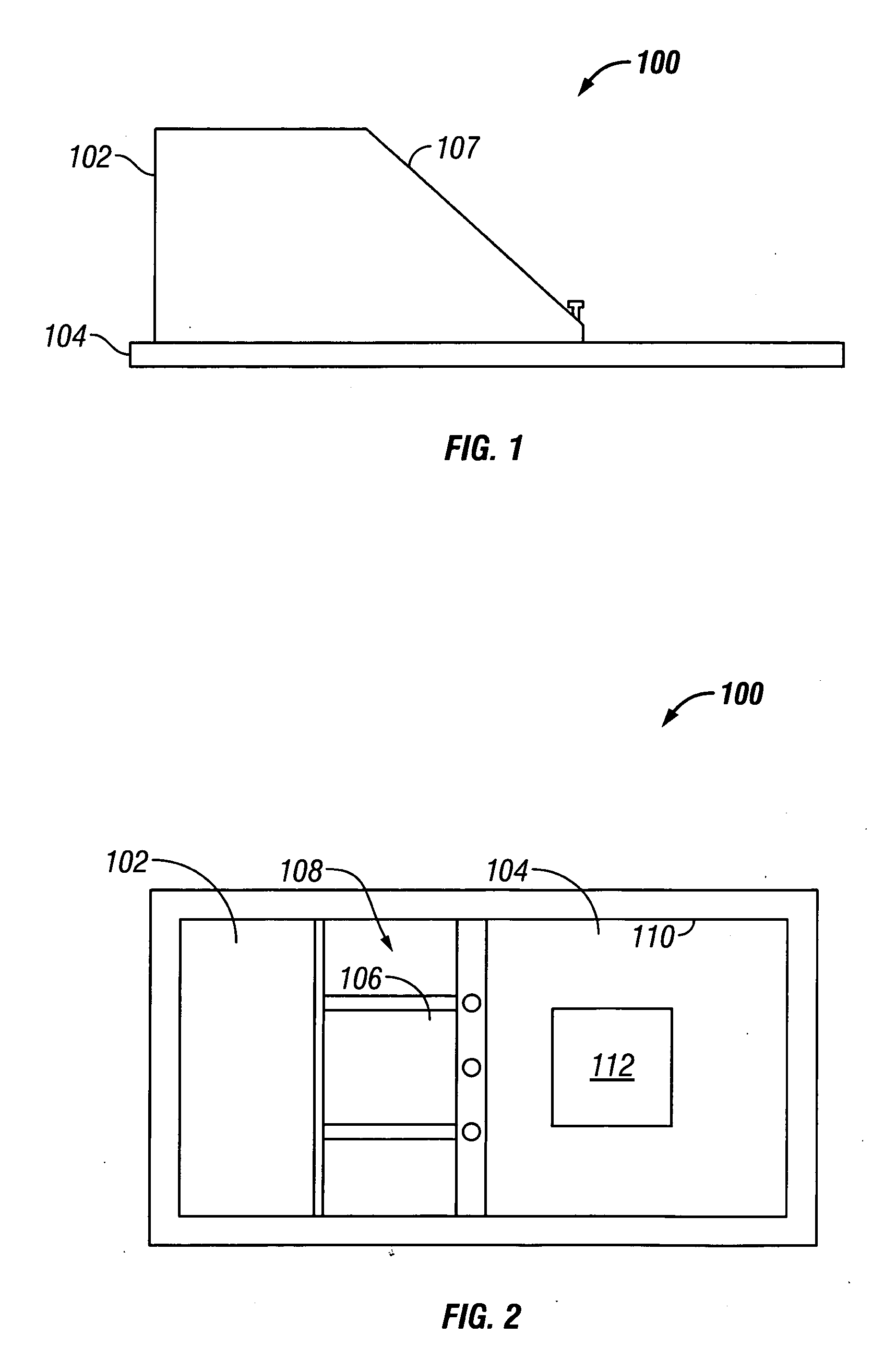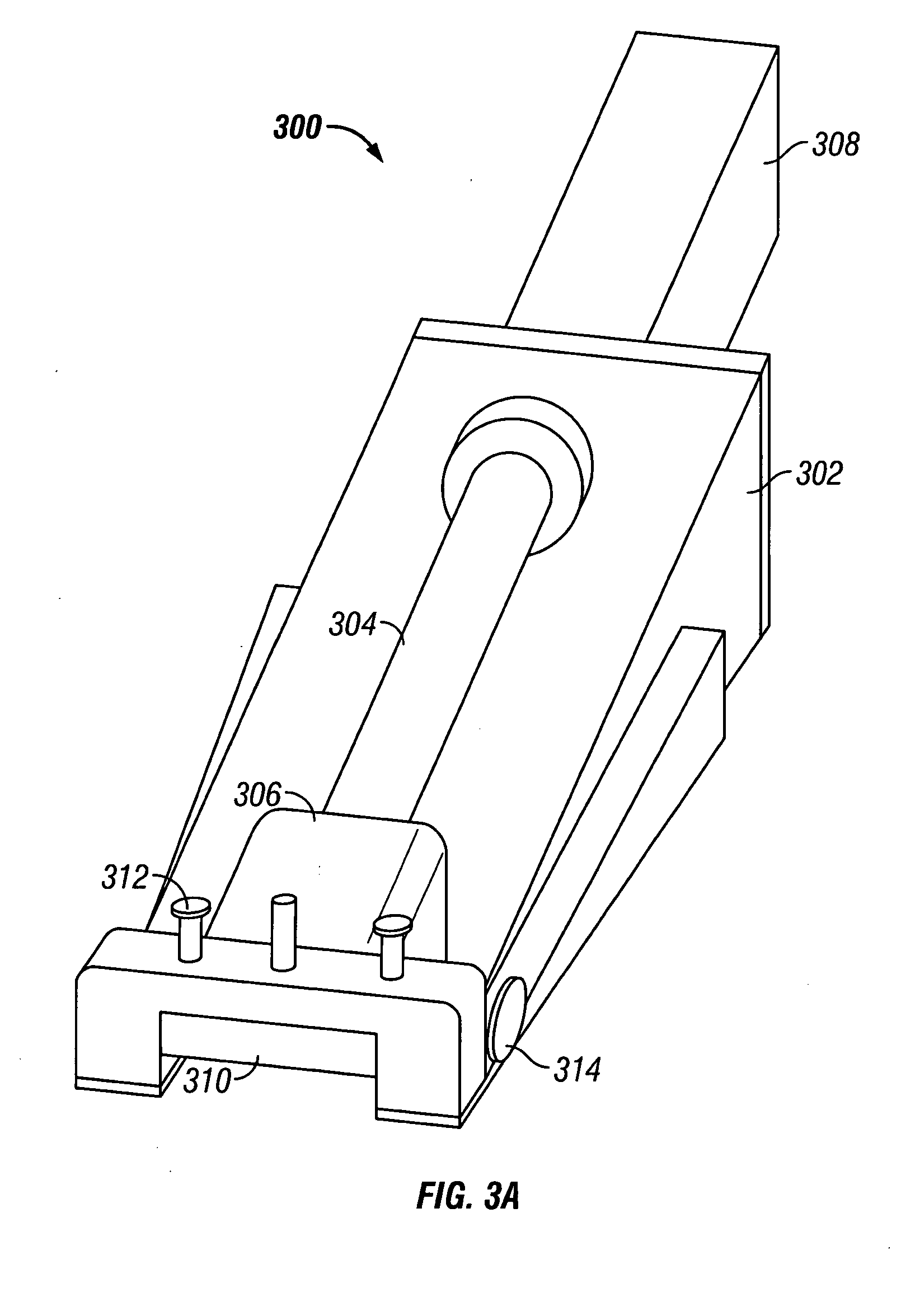Skin grafting devices and methods
a skin grafting and device technology, applied in the field of skin grafting, can solve the problems of increasing the cost of the procedure, affecting the effect of the procedure, and the device is expensive, so as to improve the ease, speed and reproducibility of the procedur
- Summary
- Abstract
- Description
- Claims
- Application Information
AI Technical Summary
Benefits of technology
Problems solved by technology
Method used
Image
Examples
example 1
Aggregation of Nanografts on a Wound Site when Distributed by Mechanical Spreading
[0177] STSG harvesting and wound preparation were performed on anesthetized pigs. STSGs were harvested using a commercially available Padgett Dermatome at a nominal depth setting of 0.013 inch (335 μm). They were subsequently minced to 600 μm nanograft particles using a skin mincing device wherein the operation was performed in 2 steps, or cuts. The first cut produced strips of tissue parallel to each other. These strips were then rotated 90 degrees and cut a second time with the parallel blade mincing device to produce cubes from the STSG.
[0178] The nanografts were mechanically spread onto a wound site at an expansion ratio of 6:1. As shown in FIG. 28, the mechanical spreading results in clumps of skin particles that are interspersed with areas that have little or no coverage by the nanografts. Characteristic clumps are exemplified in the inset image as indicated by the arrows.
example 2
Vacuum Assisted Dispersion of Nanografts onto a Nylon Mesh
[0179] STSG harvesting was performed on anesthetized pigs. STSGs were harvested using a commercially available Padgett Dermatome at a nominal depth setting of 0.013 inch (335 μm). They were subsequently minced to 600 μm nanograft particles using a skin mincing device wherein the operation was performed in 2 steps, or cuts. The first cut produced strips of tissue parallel to each other. These strips were then rotated 90 degrees and cut a second time with the parallel blade mincing device to produce cubes from the STSG. The nanografts were stained purple with crystal violet for ease of viewing and suspended in saline.
[0180] A nylon mesh was placed into a vacuum reservoir and a particle restraint device was inserted to confine settlement of particles to an area of diameter of 2.5 inches (same diameter as test wound in Example 3). The suspension of nanografts was placed into the interior of the restraint device and vacuum was a...
example 3
Effect of Nanograft Size on Outgrowth Materials & Methods
[0181] STSG harvesting and mincing for this study were performed on live, anaesthetized pigs with visual proliferation studies starting ˜24 hours after harvest. Minced STSG specimens were plated in 6-well (35 mm diameter) collagen coated plates (biocoat, Becton Dickinson) at expansion ratios of ˜6:1. STSGs were harvested using a commercially available Padgett Dermatome at a nominal depth setting of 0.014 inch (355 μm). They were subsequently minced to 300 μm×300 μm, 600 μm×600 μm and 1000 μm×1000 μm squares using a skin mincing device wherein the operation was performed in 2 steps, or cuts. The first cut produced strips of tissue parallel to each other. These strips were then rotated 90 degrees and cut a second time with the parallel blade mincing device to produce cubes of STSG of various dimensions. The spacing between the blades was varied to vary the size of the cubes.
[0182] In the time between harvest and plating, sampl...
PUM
 Login to View More
Login to View More Abstract
Description
Claims
Application Information
 Login to View More
Login to View More - R&D
- Intellectual Property
- Life Sciences
- Materials
- Tech Scout
- Unparalleled Data Quality
- Higher Quality Content
- 60% Fewer Hallucinations
Browse by: Latest US Patents, China's latest patents, Technical Efficacy Thesaurus, Application Domain, Technology Topic, Popular Technical Reports.
© 2025 PatSnap. All rights reserved.Legal|Privacy policy|Modern Slavery Act Transparency Statement|Sitemap|About US| Contact US: help@patsnap.com



